The 54 fierce and arduous days and nights that followed brought the Vietnamese people to the pinnacle of victory, making the phrase "Vietnam - Ho Chi Minh - Dien Bien Phu" a shining symbol for colonial peoples around the world , urging many oppressed peoples to rise up and "use our own strength to liberate ourselves".
The final battle point
After 8 years of waging a war of aggression against Vietnam, despite mobilizing economic and military potential to a high level, the French colonialists still could not achieve their basic goal, which was to destroy the revolutionary government and resistance forces, and re-establish rule over all of Indochina as before 1945. On the contrary, they suffered heavy losses: 390,000 troops were lost, the occupied area was narrowed, the contradiction between concentration and dispersion of forces became increasingly deep, and the French troops on the battlefield gradually fell into a passive defensive position.
The victory flag flies over the roof of General De Castries' bunker. Photo: Archive
On the other hand, economic and financial difficulties and the anti-war movement of the people in the country were increasingly increasing, pushing the French government into a new political crisis. Taking advantage of this situation, the US imperialists increased their intervention in Indochina, actively providing aid to the French colonialists to prolong and expand the war in order to serve the global counter-revolutionary strategy.
In 1953, General Henri Eugène Navarre - who was considered "a strategist who is both a scholar and a military man" - was appointed Commander-in-Chief of the French expeditionary force in Indochina. Navarre proposed a military plan with the hope of achieving a decisive victory within 18 months to "end the war with honor". After surveying, he decided to concentrate his forces, building Dien Bien Phu into the strongest stronghold, the place to fight strategically with our army.
Dien Bien Phu is a large valley located in the west of the Northwest mountains. According to the assessment of General H. Navarre and French and American military experts, this "is an important strategic position for the Indochina battlefield and the whole of Southeast Asia, located on the traffic axis connecting the border areas of Laos, Thailand, Burma (Myanmar) and China". From Dien Bien Phu, the French army can protect Laos, then from there recapture the lost areas in the Northwest and create favorable conditions to destroy our main divisions.
The French quickly built 49 strongholds here, organized into 8 clusters, tightly defended with a total of more than 16,000 troops, including many elite units including infantry, artillery, engineers, tanks, and air force, among the most elite in Indochina, equipped with new vehicles, weapons, and strong firepower. Dien Bien Phu became an unprecedentedly strong stronghold in Indochina, a "fortress" that both France and the US considered "impregnable".
General Navarra was right to think that Dien Bien Phu would be the place to crush the main force of the Vietnamese army, because he knew that in this mountainous basin, the French army had absolute superiority in transportation and supplies by air. Meanwhile, Vietnam would have no way to bring artillery over hundreds of kilometers of forest and mountains to the battlefield, while ensuring logistical requirements. However, those subjective assessments were mistakes that soon brought the French army back home in a historic defeat.
Miracles make greatness
It is no coincidence that later, the noun “Dien Bien Phu” was listed in the World Military Encyclopedia. Henri Navarre focused on building Dien Bien Phu into a “vicious trap”, a “giant crusher” for the Viet Minh army, but when General Vo Nguyen Giap reported to President Ho Chi Minh about the French purpose, Uncle Ho said “We are not afraid, their intention is to concentrate, we force them to disperse, and we fight!”.
With that policy, in the winter-spring of 1953-1954, we launched many campaigns in the Central and Southern regions, both in upper Laos and lower Laos to force the enemy to disperse their forces with the motto: Be active, proactive, mobile and flexible; fight for sure, advance for sure, if sure of victory then fight to win, if not sure of victory then resolutely do not fight.
In December 1953, the Party Central Committee Politburo met to approve the combat plan and decided to choose Dien Bien Phu as the strategic decisive battle. We determined that destroying the Dien Bien Phu stronghold group would defeat the highest form of defense, the greatest effort, and would be the decisive blow that would completely destroy the will to continue the war between France and the US, forcing the French government to find a solution to end the war through negotiations. General Vo Nguyen Giap was assigned the important responsibility of being the Commander-in-Chief of the front.
While the French colonialists concentrated their forces to build the base, we quietly occupied and dragged artillery into the high hills surrounding the basin. To accomplish the seemingly impossible, our army and people created a logistical miracle. In more than 2 months, tens of thousands of militiamen repaired and opened hundreds of kilometers of new motorized roads leading to Dien Bien Phu, relying mostly on human power and rudimentary means. The book "Tell the Story of Dien Bien Phu" wrote: "The brothers worked continuously for 12-13 hours a day. The record for swinging a sledgehammer was 1,700 blows at first, and finally someone reached 3,000 blows in one breath. A strange strength".
When assigning the task to General Vo Nguyen Giap, Uncle Ho gave a brief instruction: "Only fight if you are sure of victory, and do not fight if you are not sure of victory." Uncle Ho's instruction led to a historic decision in a historic campaign. To ensure victory, right before the opening gun of the campaign, when all human resources and equipment were ready, the Commander-in-Chief of the front, General Vo Nguyen Giap, carefully considered and decided to pull the artillery out of the battlefield, postponing the opening date from January 26 to March 13, 1954, a month and a half later than the original plan.
40 years after the historic Dien Bien Phu victory, General Vo Nguyen Giap recalled: "That day (January 26, 1954), I made the most difficult decision in my command career, which was to change the combat strategy: From fighting quickly, solving quickly, to fighting firmly, advancing firmly".
During that month, we continued to mobilize the entire population to support the frontline. Our army proactively switched to a long-term siege of the enemy, destroying the enemy's supply lines; building battlefields and artillery maneuver routes; digging hundreds of kilometers of trenches around Dien Bien Phu, ensuring that the troops could fight in all conditions; concentrating firepower to destroy each stronghold, creating a situation of dividing and isolating the battlefield, and moving towards completely destroying the stronghold complex.
Reality has proven that this bold, timely and wise decision was the “key” to opening the door to the Dien Bien Phu stronghold, and at the same time affirmed the great stature of President Ho Chi Minh and his excellent student - General Vo Nguyen Giap. After 56 days and nights of siege and division, we completely destroyed the “giant, indestructible fortress” of the French colonialists, creating a great victory with great symbolic significance - the Dien Bien Phu Victory “resounding throughout the five continents, shaking the world”.
According to VNA
Source


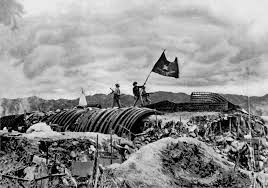






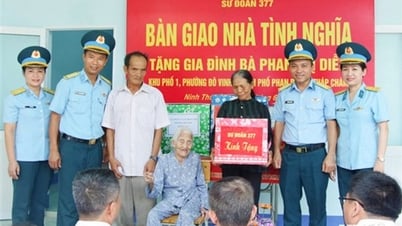

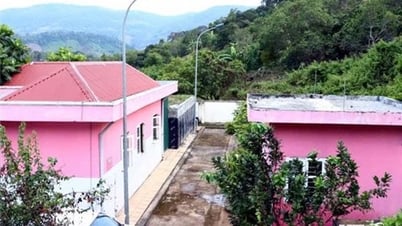

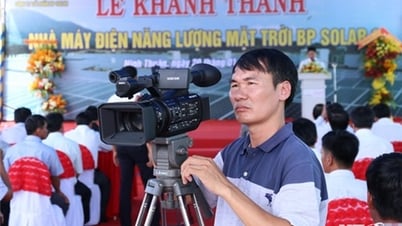













![[Photo] Overcoming the heat, practicing to prepare for the parade](https://vphoto.vietnam.vn/thumb/1200x675/vietnam/resource/IMAGE/2025/6/21/b93392e8da8243b8a32040d19590e048)


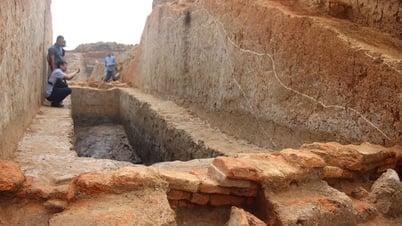



















![[Maritime News] Wan Hai Lines invests $150 million to buy 48,000 containers](https://vphoto.vietnam.vn/thumb/402x226/vietnam/resource/IMAGE/2025/6/20/c945a62aff624b4bb5c25e67e9bcc1cb)














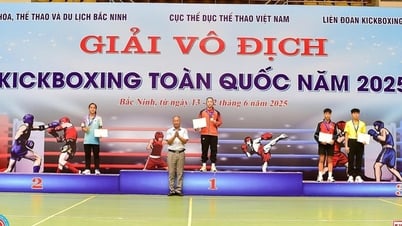

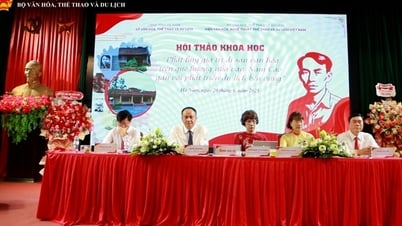
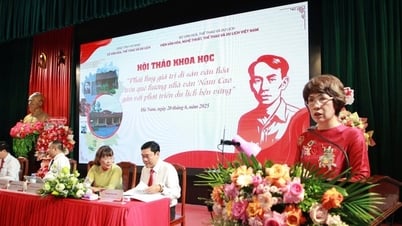

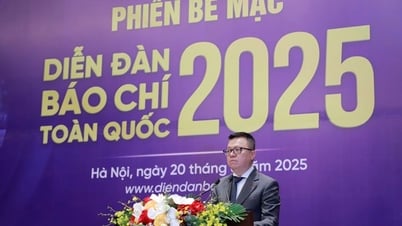


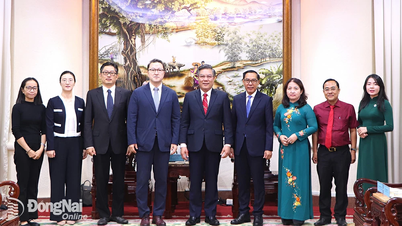

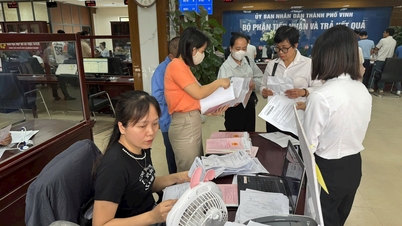

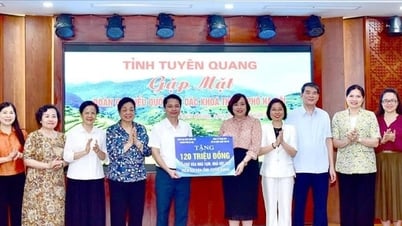

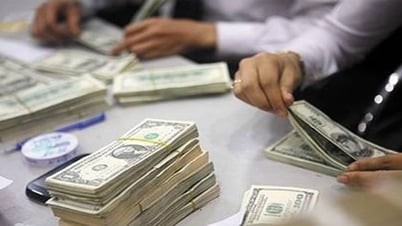
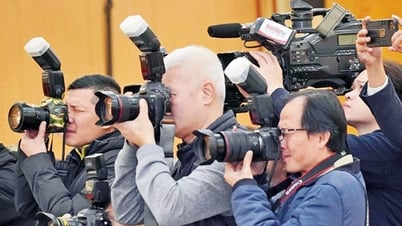













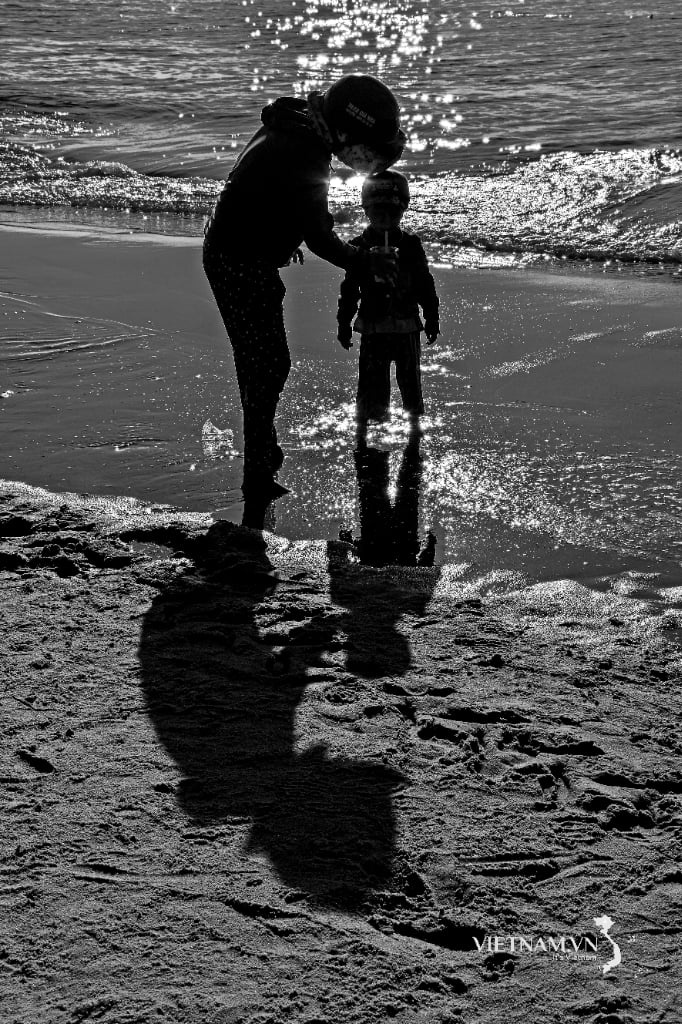
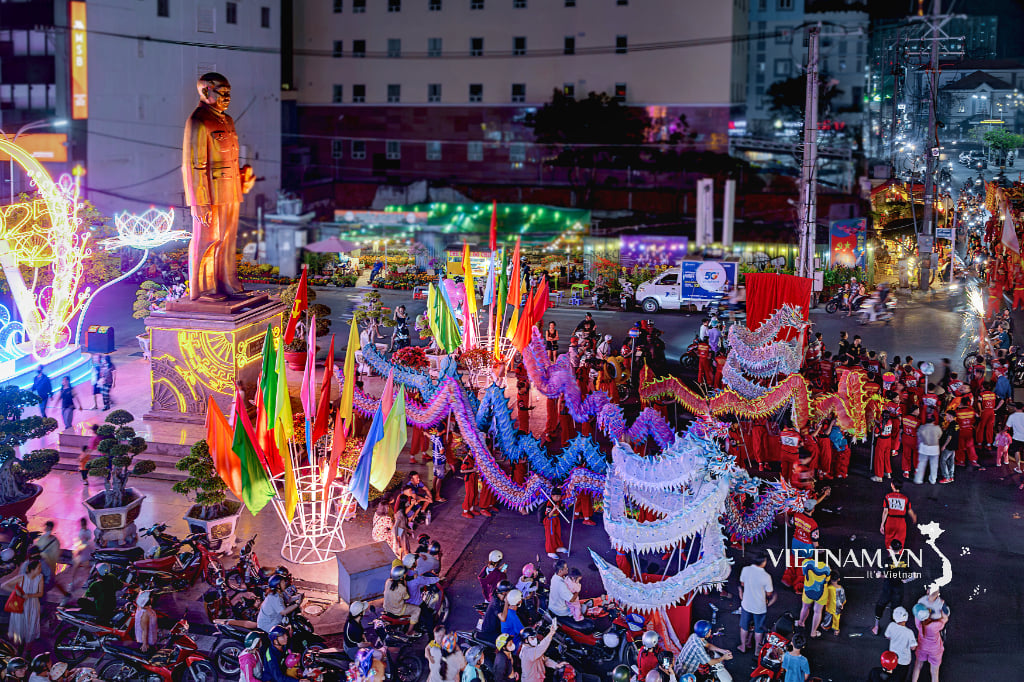


Comment (0)